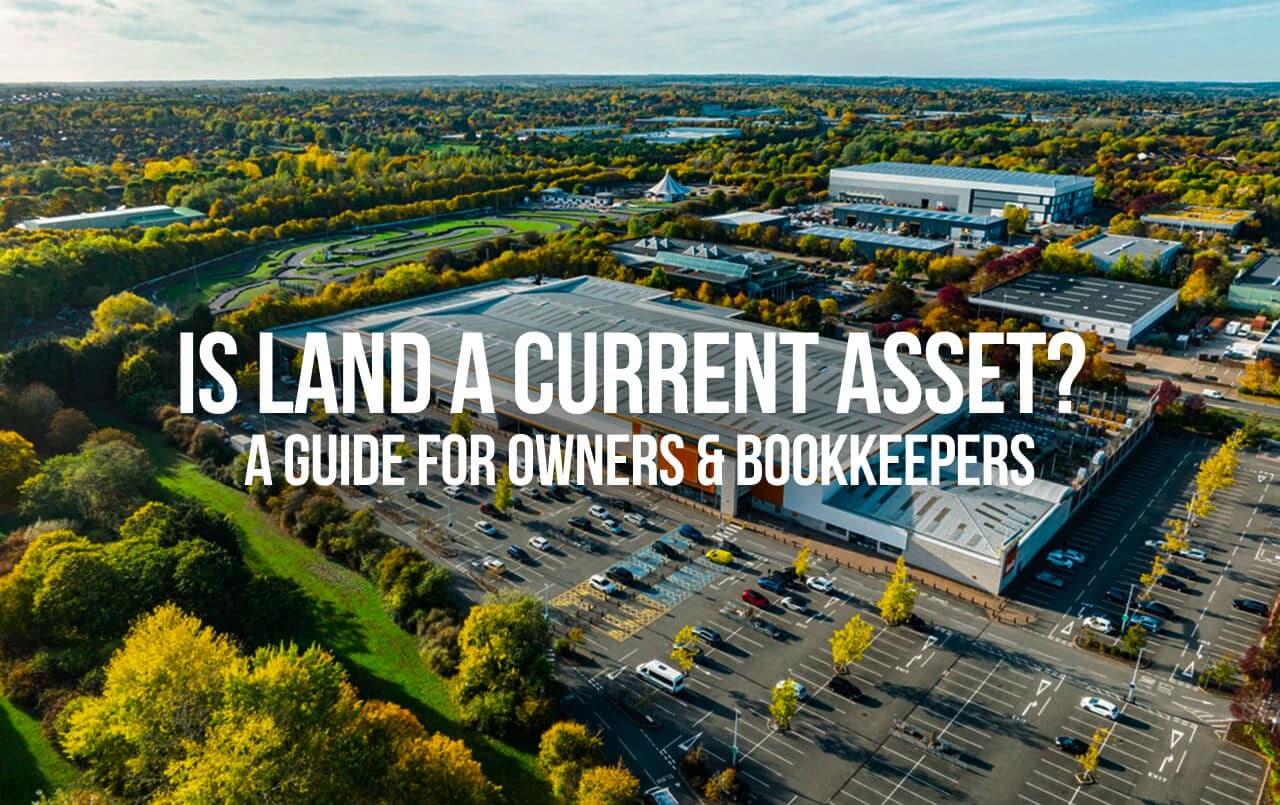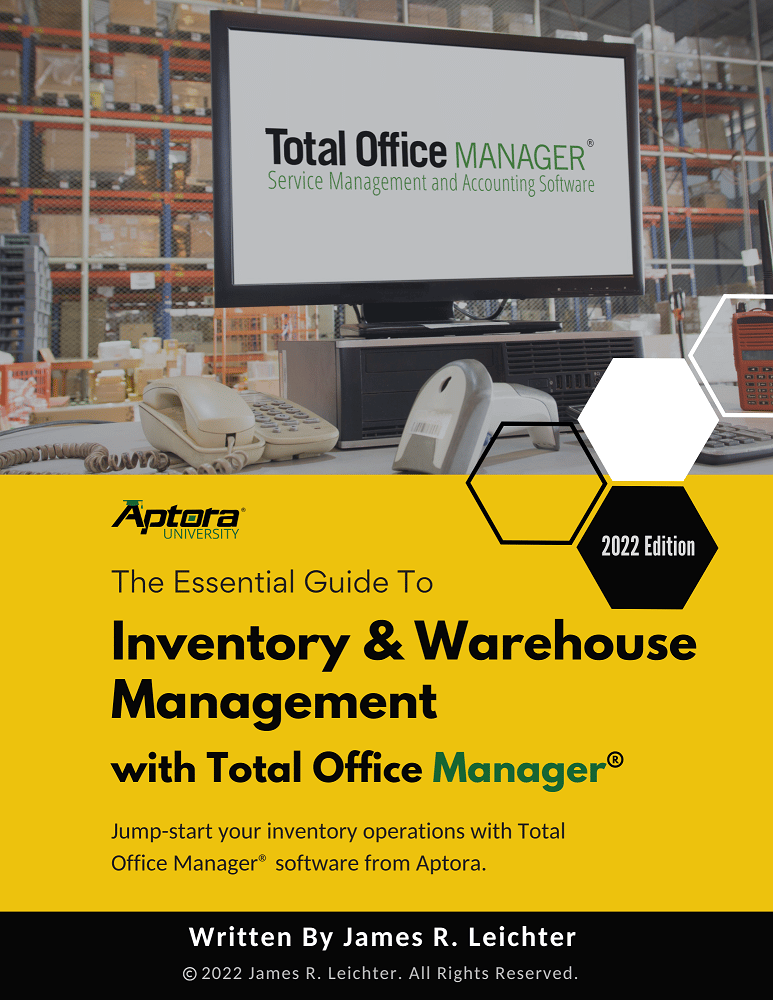
Is Land a Current Asset? A Guide for Owners & Bookkeepers
Quick Answer In virtually all standard bookkeeping and accounting frameworks, land is classified as a non-current asset, specifically as a fixed asset or property, plant,

Key Takeaways
If you’ve ever wondered why your business feels busy but your bank account isn’t reflecting all that hard work, it might be time to check your cash conversion cycle (CCC).
You may be doing GREAT on paper—sales rolling in, jobs getting done, invoices flying out—but, if the cash isn’t landing in your account quickly enough, your whole operation could be in jeopardy of a financial squeeze.
That’s where understanding the cash conversion cycle becomes important. It tells you exactly how many days it takes to turn cash going out (for materials, labor, and expenses) into cash coming back in.
A shorter cycle means you’re getting paid faster than you’re paying others. Whereas a longer cycle means some cracks in your cash flow may start showing—this is when you may find yourself relying too much on credit cards, vendor grace periods, or high-interest lines of credit just to make payroll.
Even if your business is profitable, a long CCC can stretch your resources thin, delay reinvestment opportunities, and create tension between you and your vendors. Learning to manage your CCC effectively will not only improve your financial stability but it will also set your business up for scalable growth.
This guide breaks down everything you need to know about the CCC: from what it is and why it matters to how to calculate it and what real-world strategies you can implement to keep yours as short as possible. Whether you’re a seasoned owner or a newly-minted manager, buckle up—this is your deep dive into the art of managing your cash conversion cycle.
The cash conversion cycle (CCC) is a key financial metric that measures the time (in days) it takes for a company to:
In other words, CCC tracks the full journey of a dollar through your business—from the time you spend it until the time you get it back.
A business with a short CCC turns its resources into revenue quickly. A long CCC ties up cash and may signal operational inefficiencies.

You can’t run a business on receivables alone. A healthy CCC ensures that you’ve got enough cash on hand to pay vendors, make payroll, and take on new work. Here’s why it’s a big deal:
CCC tells you how efficiently your business converts operational inputs into cash. It’s one of the clearest ways to assess your operational liquidity. In other words: are you making money and actually receiving it fast enough to keep the lights on?
The shorter your cycle, the faster you’re collecting. This often means you’re managing inventory better, invoicing promptly, and keeping things lean. Inversely, a long CCC might be hiding slow-paying customers, overstocked supplies, or weak supplier terms.
Understanding your CCC helps you plan for short-term financing needs. Long CCC? You may need a line of credit to bridge the gap. Knowing the cycle length also helps you forecast when you’ll have enough cash to invest in new equipment or staff.
Comparing your CCC with your competitors’ gives you a clearer picture of where you stand and where you can improve. It’s important to note that some industries—like grocery retail—have negative CCCs, while others, like construction, often operate with long cycles.
Vendors love to see businesses with a short CCC. It tells them you’re good for the money—and, with that, you can negotiate better payment terms.
Here’s the classic CCC formula, using days inventory outstanding (DIO), days sales outstanding (DSO), and days payable outstanding (DPO):

📝 Note: Understanding these accounting methods is crucial for accurate CCC calculations and proper cash flow analysis.
Now, let’s break down each part:
How many days, on average, it takes to sell your inventory. A lower DIO means inventory isn’t sitting around collecting dust (or interest).

How many days, on average, it takes to collect payment after a sale. If you’re letting customers pay Net 60 and they actually wait 60 days, this will show up here.

Learn the ins and outs of accounts receivable to get a better handle on your DSO.
How many days, on average, you take to pay your suppliers. A higher DPO can improve your CCC, but be careful—dragging your feet too long can strain your relationships with your vendors.

Let’s say you run a plumbing business. Here are your annual numbers:




So, in this scenario, your cash is tied up for about 38 days from the time you spend it to the time you get it back. Not terrible—but there’s room for improvement.
Now, imagine if you could reduce DSO by 7 days and increase DPO by 5 days. Your new CCC would be:

With this, you’d be turning investments into spendable cash nearly two weeks faster.
💡 Pro Tip: Segment Your Customers by Payment Behavior
Analyze which clients pay on time and which ones consistently delay. Tailor your credit terms and follow-up cadence accordingly—don’t treat all customers the same when it comes to collections.
The ideal CCC depends heavily on your industry. For field service businesses:
Sectors like e-commerce may have negative CCCs (getting paid before delivery), while manufacturing firms might need 90+ days to close the loop due to long production timelines.
It is helpful to track your CCC monthly or quarterly and compare it with industry norms. While it’s not about chasing someone else’s number—it is about making your own cycle as efficient as your business model allows.
Improving CCC isn’t about working harder—it’s about working smarter. Here are some actionable strategies:
Don’t delay billing. Use automation to send invoices the moment a job is completed.
Things like early-payment discounts and online payment portals make it easier (and more appealing) for clients to pay quickly.
Push for 30 or even 45 days if you’re currently on 15 or 20. Every extra day counts.
Audit your stock. Sell slow movers at a discount and rethink reorder levels. Turn over inventory faster to reduce DIO.
Looking for more actionable techniques to optimize your inventory turnover? Check out our post, Inventory Management Techniques That Boost Profit.
The more visibility you have, the better your decisions. Modern tools, like Aptora’s Inventory Management Software, help you avoid pitfalls like stockouts and excess inventory.
Only extend credit to reliable, pre-screened customers. Reassess terms for repeat late-payers.
Project future inflows and outflows to identify CCC pain points ahead of time.
For more practical tips on budgeting, forecasting, and overall cashflow management, the U.S. Small Business Administration offers a great guide on how to manage finances for small business.
💡 Pro Tip: Automate Payment Reminders
Set up automatic reminders for outstanding invoices using your accounting or field service software. Gentle, consistent nudges can significantly reduce DSO without damaging your relationships with your clients.

The cash conversion cycles vary significantly depending on a company’s business model—reflecting differences in how inventory, sales, and payments are managed. Let’s take a look at how and why the CCC can look very different across different business models.
They rely heavily on inventory. Optimizing procurement, warehousing, and delivery can drastically cut DIO.
Have little to no inventory, but can suffer from long DSO if customers delay payments. Here, invoicing systems and client screening are key.
These often have negative CCC—customers prepay for services delivered over time. This is the gold standard for healthy cash flow.
These types of jobs vary in size, duration, and complexity, and project billing cycles and retention payments can stretch DSO. Smart milestone billing can help with this.
Here are some other useful strategies to manage cash flow during lengthy project cycles such as these.
Understanding the CCC is one thing—but, applying it effectively is another. This section highlights common missteps you’ll want to avoid when managing your CCC.
You wouldn’t drive without a fuel gauge. Don’t run your business without monitoring CCC.
Ensure your data inputs are clean. Mistakes here can make your CCC useless—or worse, misleading.
Construction might boom in Spring and Summer, and service calls might surge during Winter. So, you’ll need to adjust your CCC expectations by season.
Revenue is meaningless if you’re not getting paid. CCC helps ensure those sales actually turn into usable cash.
You wouldn’t drive a car without a speedometer—so, don’t run your business without tracking your cash conversion cycle. It’s one of the most overlooked yet powerful indicators of a business’s operational health.
📝 Note: Remember, a low CCC means agility, health, and resilience. A high CCC is a red flag for liquidity risk.
So know your CCC number, track it consistently, and improve it methodically—because when your cash works harder, you don’t have to.
Ready to stop wondering where your money is and start managing your cash flow like a pro? Start by running the numbers on your cash conversion cycle today. Look at your DIO, DSO, and DPO—then identify your biggest opportunity for tightening the gap. Even shaving a few days off can dramatically improve your cash position.
Need help calculating your CCC or building a better method to track it? You could fire up that old spreadsheet—or you could work smarter and explore field service software that can automate the heavy lifting for you!
It means you’re getting paid before you need to pay your vendors. This is common in e-commerce or subscription-based models and is great for cash flow.
Yes, but only with adequate financing or cash reserves. A long CCC can strangle cash flow if not properly managed.
Quarterly is a good sweet spot. Monthly can be noisy; annual can be too slow. Monitor trends over time for better insights.
CCC shows how efficiently your working capital is being used. A shorter CCC means your assets are turning faster and generating cash more quickly.
Absolutely. Even if DIO is zero, your DSO and DPO still affect cash flow and operational efficiency.

Subscribe to our newsletter


By submitting this form, I agree to receive marketing communication via phone call, email, or SMS from Aptora.

By submitting this form, I agree to receive marketing communication via phone call, email, or SMS from Aptora.